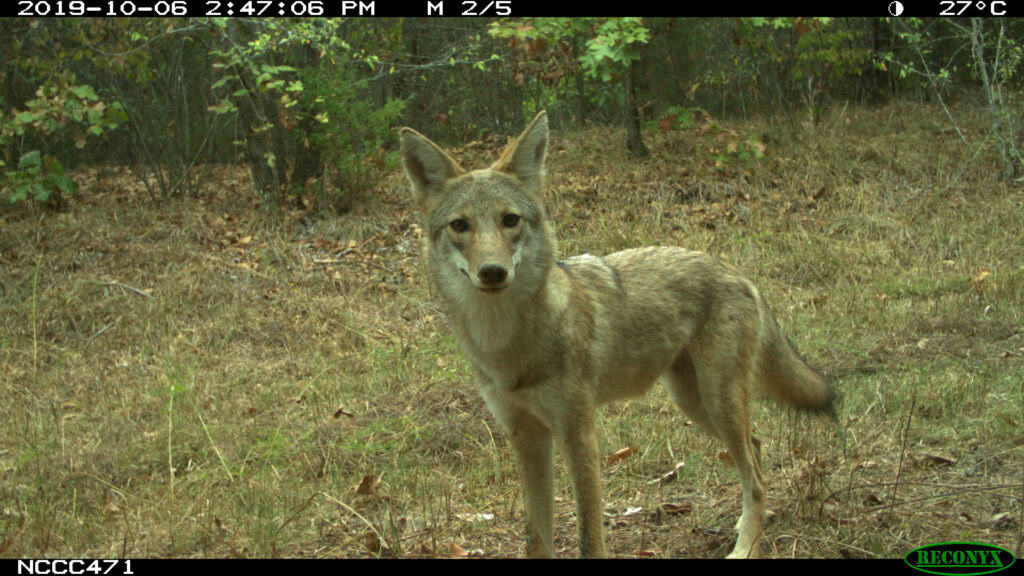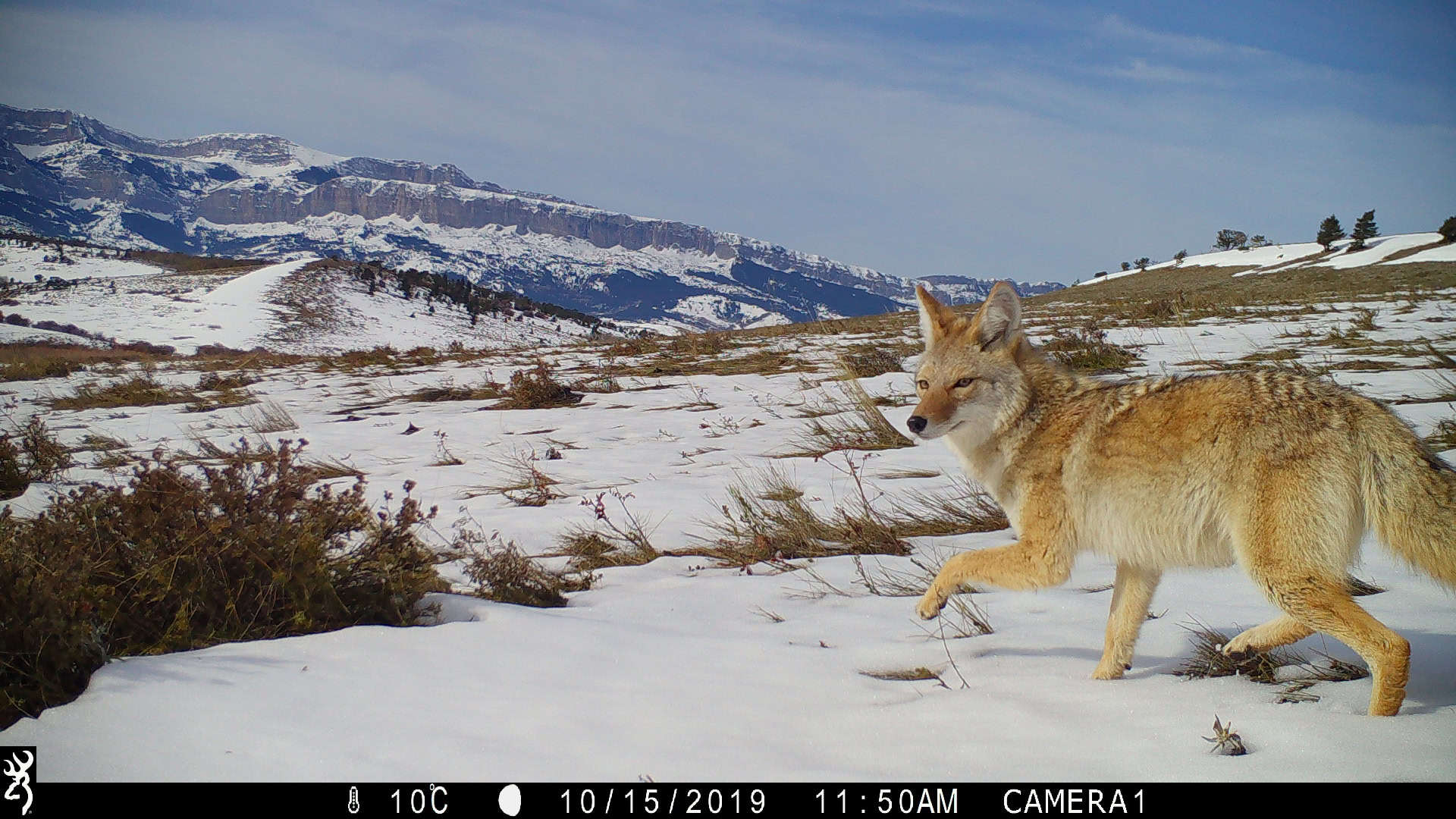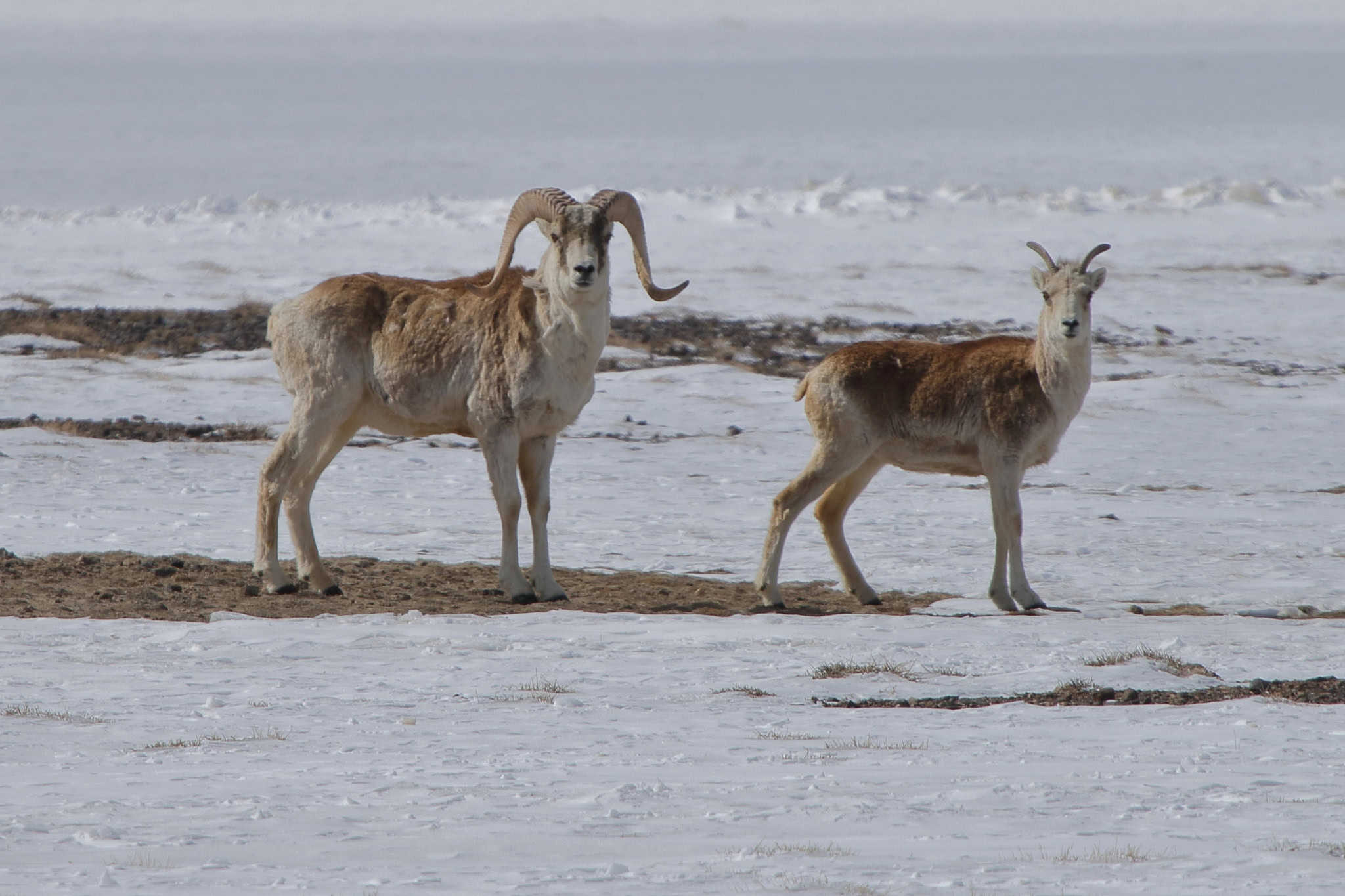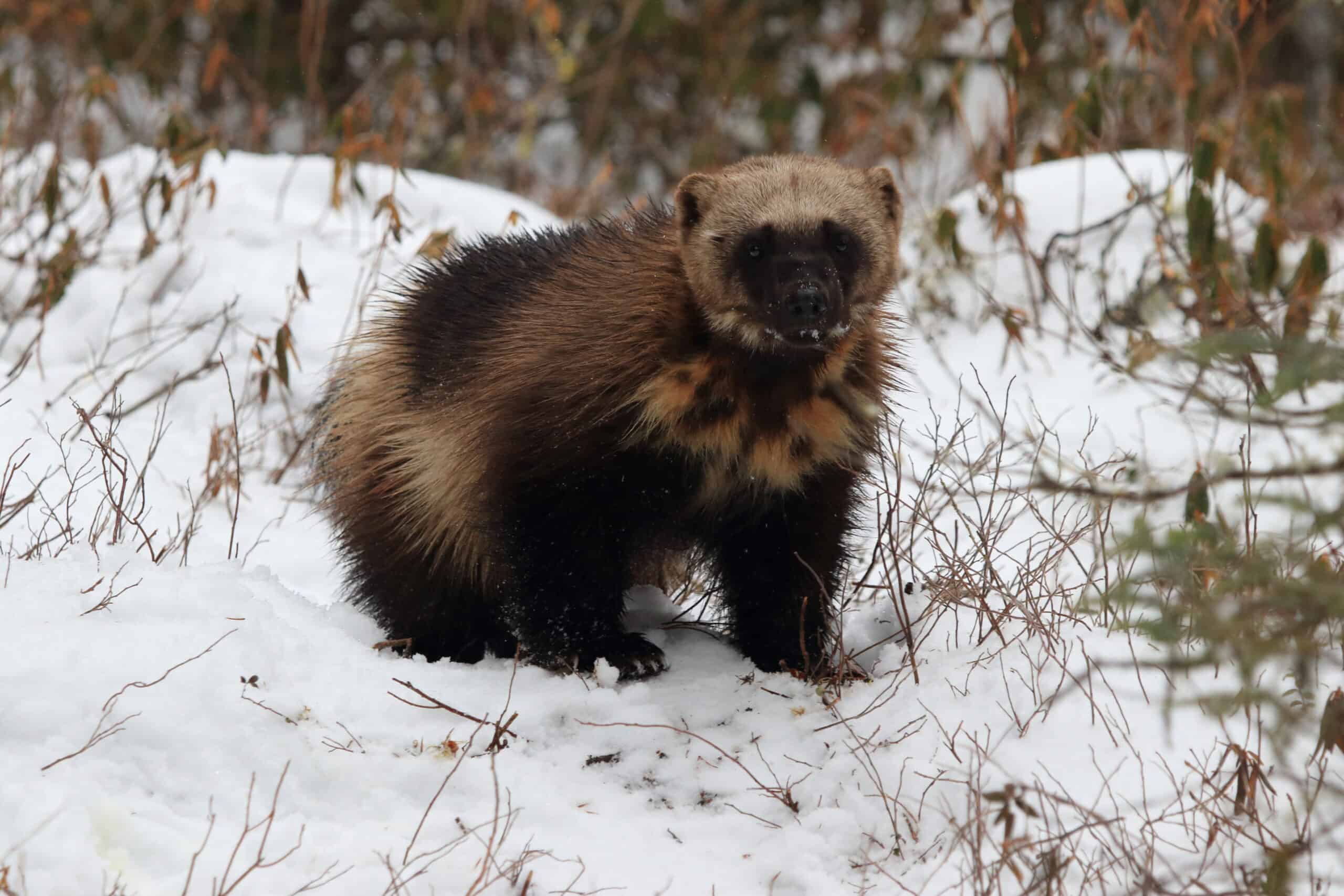Share this article
Wildlife Featured in this article
- Coyote
- Gray wolf
- Mountain lion
- Black bear
Coyote hunting doesn’t always decrease populations
Researchers looked at relationships between predators, humans and coyotes on a large scale
Hunting coyotes doesn’t necessarily lower their population numbers, which could have implications in areas where managers are hoping to reduce populations.
Coyote (Canis latrans) populations have grown and colonized areas throughout the U.S., changing ecosystem dynamics and resulting in human-wildlife interaction and sometimes conflicts. Researchers wondered how these relationships were changing on a broad scale across the country.
“There’s been a lot of studies on coyotes, but they’re such a generalist, adaptive, successful species that there was really still a research gap in understanding what influences their abundance across their range,” said Remington Moll, an assistant professor at the University of New Hampshire. “Many local or regional studies often fail to find strong relationships with habitat, with hunting, with other predators, with food, partly because they’re everywhere, and they do so well in so many different contexts.”
Moll led a study published in Ecography using a camera trap project called Snapshot USA to bring more clarity to the relationships between coyotes, people and other wildlife.

Snapshot USA is a large effort to sample mammal populations using camera traps all over the country. Moll and his colleagues used three years of the data, which is collected during the fall, and combined it with a number of other variables, like satellite land cover data to look at different types of habitat, harvest data, and range maps from the U.S. Fish and Wildlife Service to determine overlap of other predators like black bears (Ursus americanus), mountain lions (Puma concolor) and gray wolves (Canis lupus) with coyotes.
One of their main findings was that hunting didn’t decrease coyote numbers. In fact, “they can respond with increased numbers,” Moll said. Past research has shown that when older individuals are removed from the population, younger individuals can move in, and litter size eventually increases as well. “It doesn’t necessarily mean that hunting can’t reduce their numbers,” Moll said. “It can, if it’s focused and intense.”
The researchers uncovered other findings, too. In some instances, other predators reduced coyote populations. For instance, in Yellowstone, evidence suggests that gray wolf reintroduction decreased coyote packs and their territory size. But Moll’s study found that wasn’t always the case—the relationships between coyotes and large predators were dependent on habitat and location. Scavenging opportunities, for example, could allow coyote populations to increase despite predator presence.
“Our paper would support the general idea that in terms of regulating coyote populations, large carnivores probably have a stronger effect than broad-scale hunting regulations,” he said. “So if coyote numbers really need to come down, it’s going to be very challenging to do that without large predators.”
Moll and his colleagues also noticed some patterns when it came to urbanization and coyote presence. When they looked on a large scale—about five kilometers out from urbanization—they saw a positive effect on coyotes. “They do well in fragmented habitats because they often have a lot of prey,” he said. “They also have travel corridors—they can use roads at night, for example.” But at a smaller scale of about 100 meters, the effects of urban development were negative on the coyotes. “They like a little bit of development, but they usually don’t live right in the heart of development,” he said.
Moll said the results of this paper can be useful in understanding some of the nuances of coyote patterns and relationships in the U.S. “This is correlative, and we were looking at this in the fall and on a very broad scale,” he said. “Experimental studies would be helpful in either confirming or opposing what we found.”
Header Image: Researchers used data from over 4,500 camera traps to study coyotes across multiple different habitats. Credit: Snapshot USA








